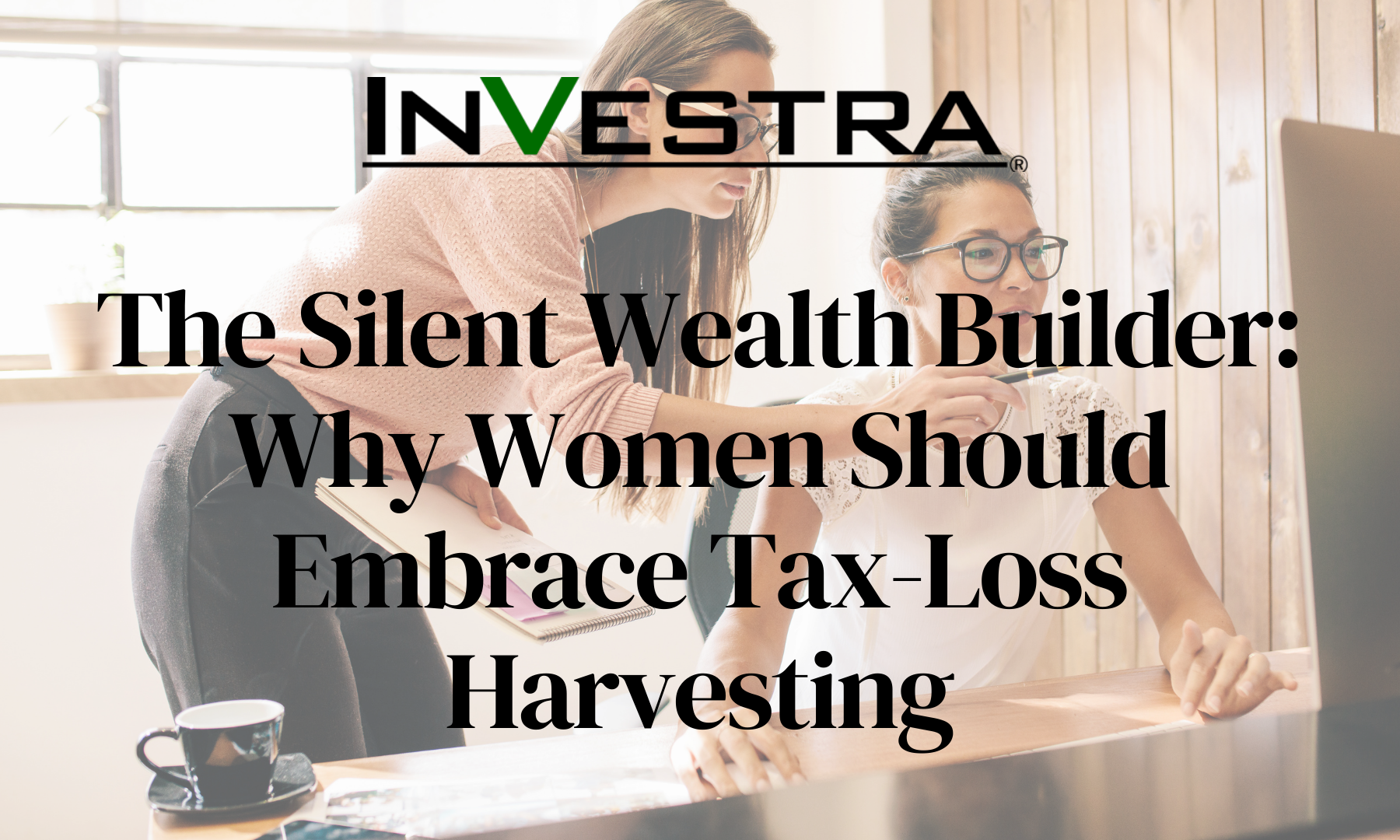Men and women may not be on equal footing when it comes to investing for the future. On average, women work fewer years and earn less than men, but they also tend to live longer (The U.S. Census Bureau, Income and Poverty in The United States, 2024). Therefore, women must focus on the concerns that are unique to them when planning for retirement.
Women Don’t Invest Differently …
Unfortunately, some negative stereotypes still exist about a woman’s ability to manage her money, which may cause some women to feel they shouldn’t make their own investment choices. Some leave the decision making to their husbands, which can result in their being ill-equipped to handle their finances if they outlive their spouses.
Despite the stereotypes, studies show that the majority of married women actively participate or take the leading role in managing family finances.
Educating ourselves about investments and long-term planning can help us feel more comfortable with riskier — yet potentially more rewarding — investments.
… But There ARE Real Obstacles to Overcome
Because women often leave work to bring up children or care for elderly relatives, they have fewer total working years. On average, they spend seven years out of the workforce to care for family members. This may mean that women qualify for lower pension benefits. Fewer years in the workforce, fewer years with a single employer, and lower pay are all factors that may contribute to a lower average pension for female retirees. At the same time, women on average live longer than men. That means they must provide for more years in retirement than their male counterparts.
As a result of some of these factors, women may also receive lower Social Security benefits than men. Social Security benefits are calculated based on a person’s highest 35 years of earnings. If a benefit recipient doesn’t have 35 years in the workforce, the Social Security Administration will add zero-earnings years to his or her record to equal 35 years. This will lower the average monthly earnings figure and may result in lower benefits for women who have not worked for a total of 35 years.
Finally, because women tend to live longer than men, not only can they expect to spend more years in retirement, but they must consider the fact that a couple’s retirement savings may be diminished by health care costs for the spouse who dies first.
On average, women … |
|
Working Toward a Solution
While there is clearly a gender gap in earnings, data from the Bureau of Labor Statistics has shown improvements in women’s earnings. Higher earnings for women could mean the potential for more investments. The bottom line is that in order to make up for differences in earnings and benefits, and more retirement years due to longer life spans, women may have to invest more.
There are a number of steps women can follow when planning for a comfortable retirement:
- Carefully consider how much risk you are willing to take in exchange for the potential to earn higher returns. Historically, equity investments have provided higher returns over the long term than less risky investments like money markets and short-term bonds, although past performance is no guarantee of future results. An investment professional or wealth manager can assist you in assessing this “risk factor,” which is carefully calculated.
- Familiarize yourself with whatever retirement benefits may be available through your employer and participate in what plans may be offered.
- Seek education about the investment vehicles that can help you reach your retirement goals. An investment professional is an excellent source of information and guidance to sort through the many choices available.
#1-655844






